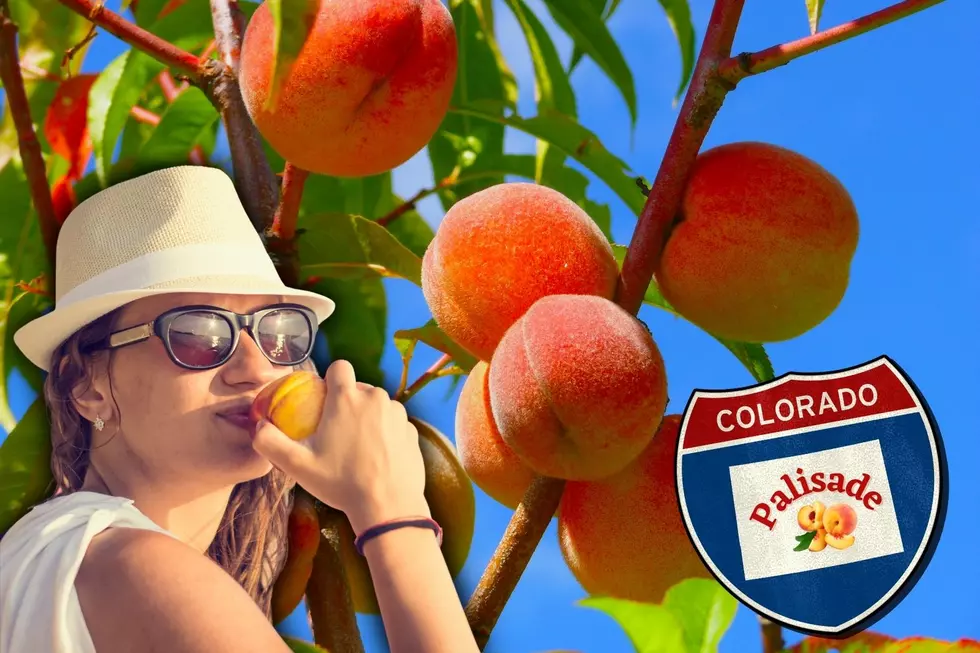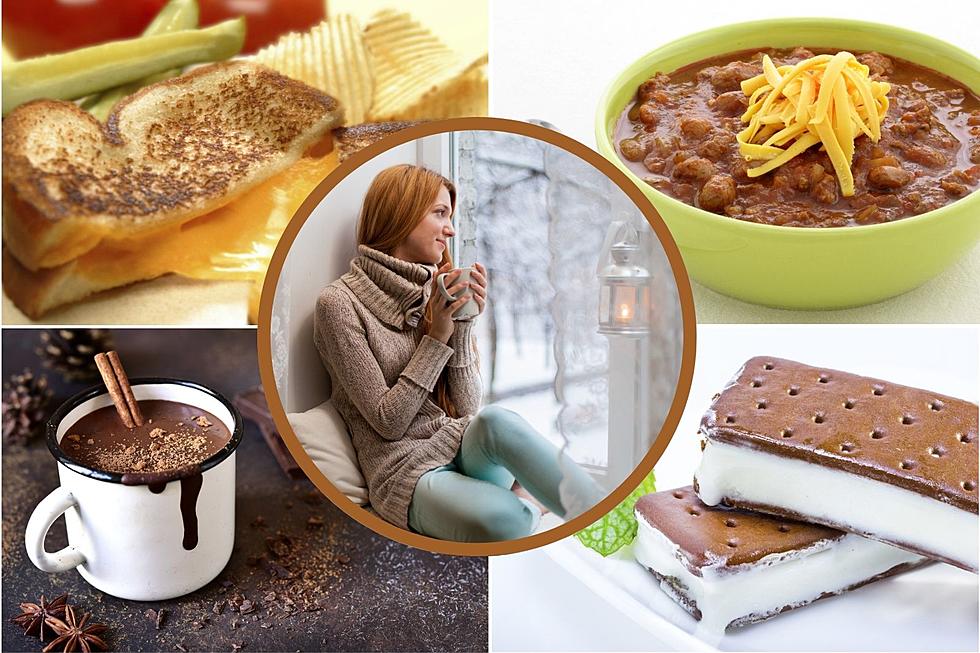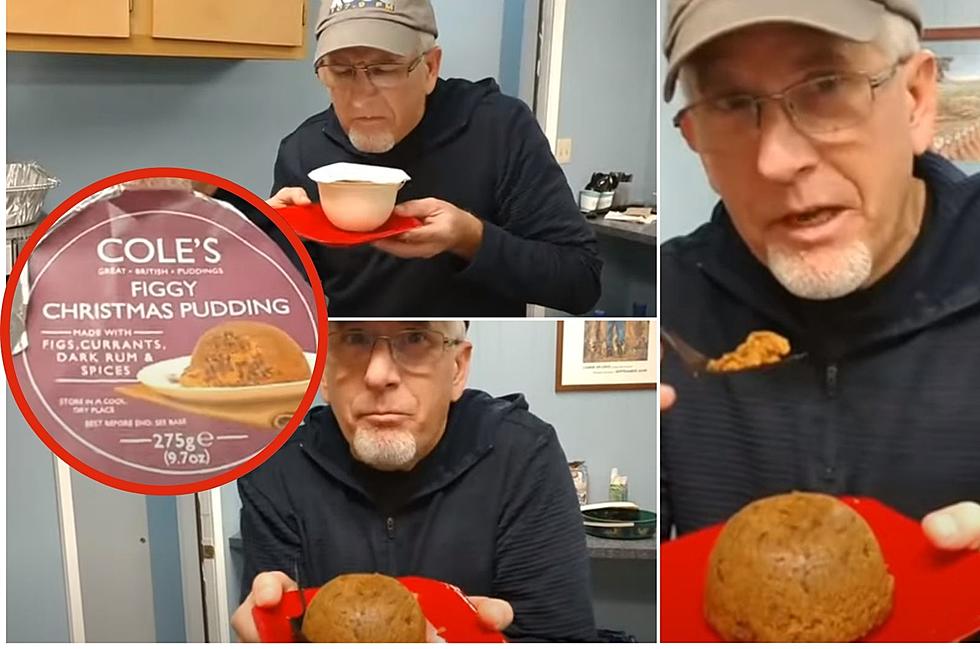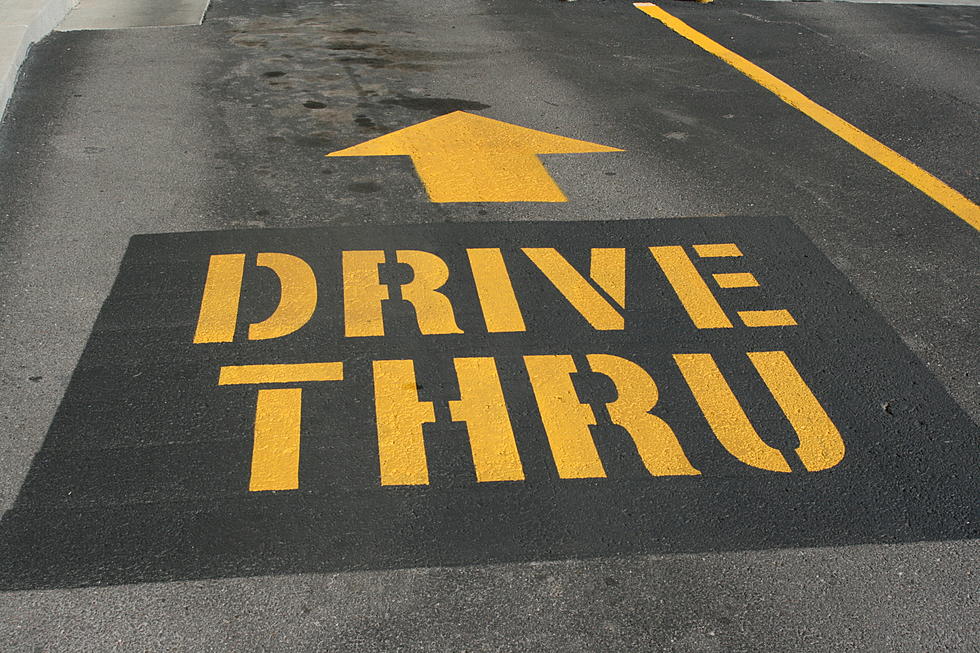
Is it Really Okay to Eat That Moldy Cheese?
It's an age old question, but people still want to know if it's okay to eat cheese with mold on it. The answer is yes - and no.
Cheese is a double edged sword. It's from one of the major food groups that we are supposed to eat from - but yet, for weight watchers ( and artery watchers) it's the devil's poison. The fact is, we love our cheese - but what to do when Mr. Mold begins to grow on our beloved block of cheese is a question that begs to be answered.
On Yahoo's Business Insider they talked to a food scientist who offered these guidelines:
- For the most common cheeses like colby, cheddar, and Swiss, it is perfectly acceptable to cut the mold off and eat the underlying cheese.
- If you discover mold in cheese that has been shredded, crumbled, or sliced - throw the cheese away. It's likely the mold has spread through out the package, whether it is noticeable or not. This also applies to cream cheese, cottage cheese, and ricotta cheese.
- It's okay to eat the mold on some cheeses like Danish Blue, Brie, and Roquefort. The mold is safe to consume, and they say it contributes to the flavor.
I have to say, I love cheese. I love extra cheese on pizza, I love cheesy nachos, I love cheesy lasagne, i love double cheeseburgers, and I love a nice thick slab of cheddar on my grilled cheese, but.....I am not going to eat moldy cheese. Not now, not ever, not no how.
Mold is just wrong. I don't care what they say, it can't be good for you. There is no way I want that stuff going in to my body. At the first sign of mold I want it out of the refrigerator, into the trash, and out to the garage -- and then I can't wait for garbage day to get it off my street.
More From Kool 107.9









